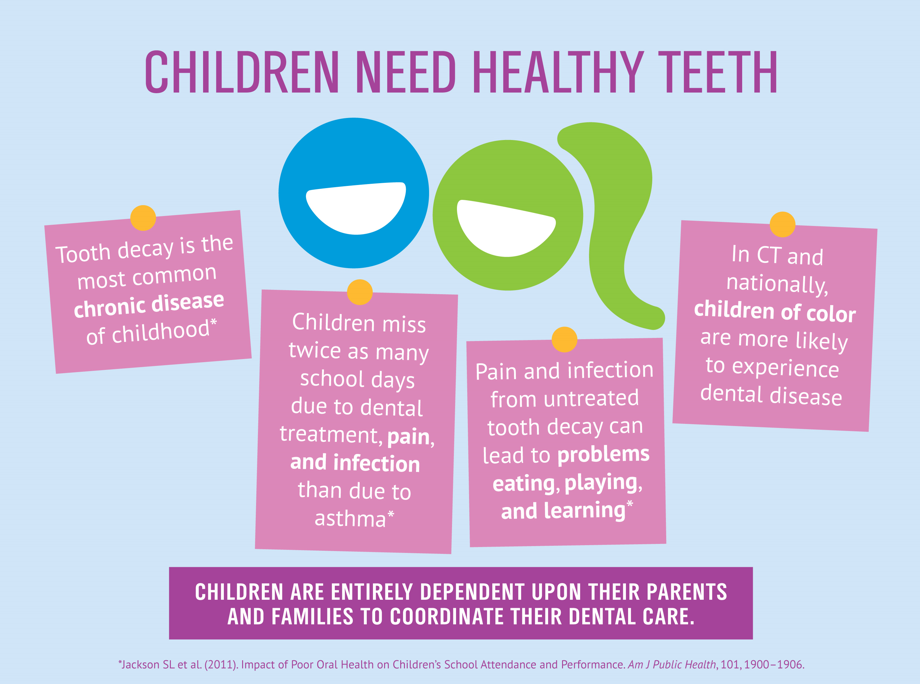Stay Prepared For Sudden Oral Emergencies By Having The Ability To Identify The Signs Of Trauma And Knowing When It Is Needed To Seek Immediate Medical Support
Stay Prepared For Sudden Oral Emergencies By Having The Ability To Identify The Signs Of Trauma And Knowing When It Is Needed To Seek Immediate Medical Support
Blog Article
Authored By-Kang Rivas
If you feel a sudden shock of pain or notice a tooth injury, it can be disturbing. Yet how do how to pull a tooth out identify if it's a dental emergency situation that requires instant attention? Understanding the vital indications and knowing when to seek aid can make all the distinction in preserving your oral health and wellness. Recognizing when to act quickly might mean the difference between a quick fix and much more extensive treatment.
Common Types of Dental Injury
What're the common sorts of oral trauma that you should understand?
Crashes can happen, bring about numerous sorts of oral injuries. One typical sort of oral trauma is a fractured tooth. https://www.insider.com/guides/health/dental/invisalign-vs-braces can take place from attacking down on something hard or experiencing an impact to the face.
Another kind is a broken tooth, where a part of the tooth can chip off. Additionally, you might experience a knocked-out tooth, which can occur throughout sports or drops. It's critical to take care of the tooth carefully and seek immediate oral interest.
Oral trauma can likewise include a tooth that has actually been pushed out of placement or loosened because of an injury. This sort of injury needs timely therapy to save the tooth.
Last but not least, soft tissue injuries in the mouth, such as cuts, can also take place from mishaps. Finding out about https://jaidenwqkex.spintheblog.com/30612688/the-role-of-add-ons-and-buttons-in-invisalign-orthodontic-care of dental injury can aid you act promptly and properly in case of an emergency situation.
Indicators of Oral Emergency Situations
Recognizing the signs of dental emergency situations is crucial for prompt action and appropriate treatment. If you experience severe tooth discomfort that's constant and throbbing, it can suggest an underlying problem that calls for immediate focus.
Swelling in the gum tissues, face, or jaw can additionally be a sign of an oral emergency, particularly if it's accompanied by pain or fever. Any type of type of trauma to the mouth causing a split, broken, or knocked-out tooth needs to be dealt with as an emergency to prevent more damage and possible infection.
Bleeding from the mouth that does not stop after using pressure for a few mins is one more red flag that you should look for emergency situation dental treatment. Additionally, if you notice any kind of indications of infection such as pus, a foul taste in your mouth, or a high temperature, it's important to see a dental practitioner immediately.
Disregarding these indications can cause a lot more significant issues, so it's essential to act promptly when confronted with a prospective dental emergency situation.
Significance of Immediate Therapy
Motivate activity and prompt treatment are essential in addressing dental emergencies to prevent more difficulties and make sure optimal outcomes for your dental wellness.
When faced with an oral emergency, such as a knocked-out tooth or serious tooth pain, seeking prompt treatment can make a considerable difference in conserving your tooth and relieving discomfort. Delaying therapy can lead to infection, raised discomfort, and also irreversible damage to your teeth and gums.
By looking for emergency situation dental care quickly, you raise the possibilities of successful treatment and remediation. Dental experts have the required abilities and tools to resolve emergency situations effectively, decreasing the danger of long-term effects.
In addition, instant treatment can aid manage pain and pain, allowing you to resume your daily tasks without distraction.
Final thought
To conclude, understanding dental trauma and knowing when to seek emergency treatment is essential for maintaining oral health.
By identifying common kinds of oral injuries and the signs of dental emergency situations, you can make sure timely care to avoid more damages and difficulties.
Remember, seeking prompt therapy can conserve teeth, minimize pain, and enhance the possibilities of effective recuperation.
Do not think twice to look for assistance from a dental specialist if you experience any kind of signs of oral injury.
